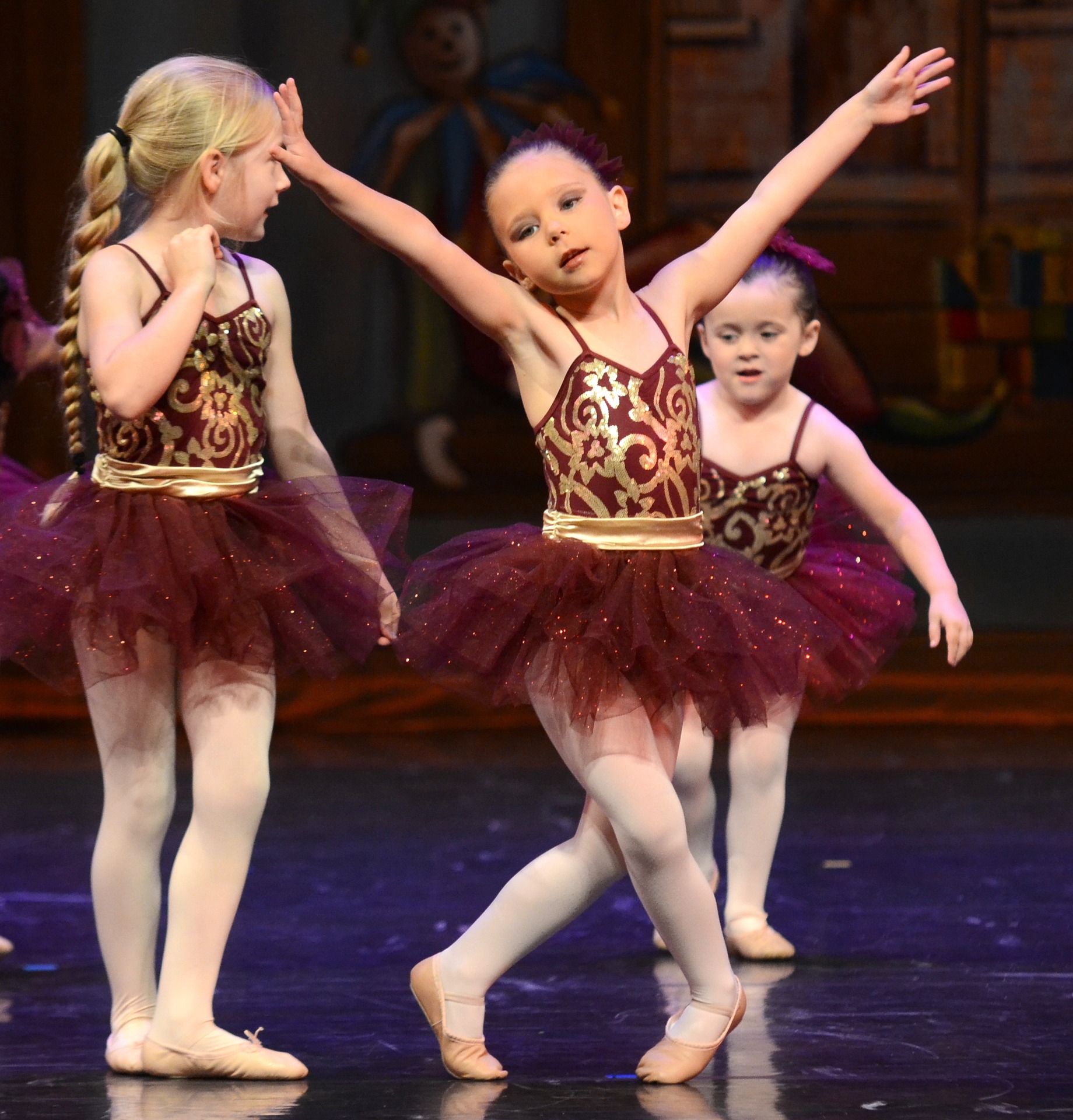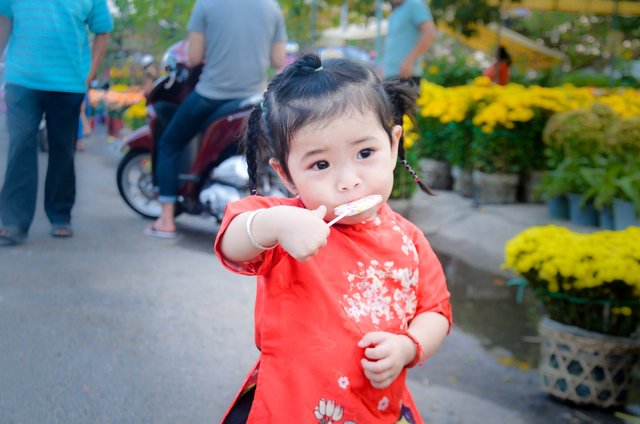MusicEd - The Importance of Movement in Music Education: Creative Movement and Eurhythmics

Movement is a natural impulse of any living human being.
Babies move. Adults move, children move, even old people with creaky joints move. People walk, talk, eat, play and sing, all activities that need action, to which movement is an essential element of. Even if a person lies down and stays immobile, there are parts of the body that moves, hidden from the human eyes like the pumping of the heart and the peristalsis of the esophagus.
In a way, movement in terms of humanity is something that also denotes life.
Alive, we move. Dead, we do not.
Movement in everyday life is related to general or specific tasks. Doing household chores and taking care of yourself is something that is done each and every day. Things like sports or playing an instrument is specific in a way that certain coordination and concentration skills are needed in order to be able to do things competently.
But movement is not something that is only needed to be able to take action, not only a means to an end. It is also an expression of a person’s feelings as well as a connection to something or someone as a means of learning. This is why children are encouraged to be active and playful, they learn faster and better through movement. Babies move around a lot, biting things to know how it feels, since it is a method for them to learn through touch, or in their case, they feel things through biting them (since their sense receptors are particularly sensitive in that stage of childhood). Still, the concept of movement is there.

“Since cognitive learning and physical activity go hand-in-hand and reinforce one another in early childhood development, it is essential for daycares and preschools to adopt a curriculum that emphasizes both and uses movement to promote and teach cognitive development. Since young children don’t like to sit still for long periods and respond better to activities that change frequently, early childhood education can really benefit and use time more efficiently from using a movement-based program to teach cognitive skills. ”
(Source: Spark PE Blog “The Importance of Early Childhood Activity.”The Official SPARK Blog. http://www.sparkpe.org/blog/the-importance-of-early-childhood-activity/)
This is why nurseries and kindergartens have curriculums based on activities that require a lot of movements, to keep children interested, active, and able to learn concepts faster through actions that can be associated with their lessons.
In regards to that, music, for children is something they can associate with through movement. When they hear it, they sway to it, dance to it, they react to it with movements that they want. It is an important part of their learning experience.
“Cognitive learning is stimulated by movement. Research shows that the right hemisphere of the brain (sensing and feeling side) functions through activities such as music, art and creativity. The left hemisphere organizes sequential and logical skills such as language and speech. Both sides of the brain must be developed during the critical learning periods in early childhood because of the cross referencing that occurs. When children are engaged in creative movement, they are involved in activities that will increase their memory and ability to communicate. ”
(Source: “Creative Movement.” DLTK’s Craft for Kids. http://www.dltk-kids.com/articles/creativemovement.html)
Eurythmics is a method that is used to teach music through the association of musical concepts through movement, with the belief that it helps a child learn faster and be able to comprehend the lessons as well as internalize it by their innate ability to move. They move to what they understand that the music tells them to, even without knowing the theories and rules that drives it. The movements used in eurhythmics are directly related to a particular concept that a teacher wants to teach. For example, in teaching the steady beat, marching the children around the room while clapping out a rhythm can help them understand what it means.
Creative movement, on the other hand, is something that does not need to be associated with music, it is the movement of the body in creative ways in how one interprets things. Since it is something that is more of an expression for a person or a child, there is no right or wrong way to do things, there is only the way you feel you should move.
“Creative movement is a joyful way for children to explore movement through music, develop physical skills, channel energy, stimulate imagination and promote creativity. Creative movement uses body actions to: communicate an image (the wind), communicate an idea (a journey) or communicate a feeling (strength). ”
(Source: “Creative Movement.” DLTK’s Craft for Kids. http://www.dltk-kids.com/articles/creativemovement.html)
The relation between the two is that they use movement to express things in a creative manner. In short, the difference between the two is in the objectives that they are used for, with eurhythmics being used to teach musical concepts in connection with music which requires a set of certain movements to create, while in creative movement, one has the freedom to move according to one’s own understanding or desire.
But eurhythmics also use creative movement since there are times when the teacher give music for the children to listen to and lets them move according to what they hear in the music, though it must be movements that can be related to the concept being taught. But creative movement does not use eurhythmics.
It can be argued that they use music as an inspiration which they can use movements to interpret, but it does not use movements in relation to musical concepts but to personal, emotional or expressive interpretation. Whereas in eurhythmics it is important that the lessons and movements have the musical concepts incorporated in them.
“Eurhythmics are very similar to creative movement; however, there is one main difference. Eurhythmics are “what the music tells you do to,” meaning that they are relatively directly related to the music. Whether the students are walking the beat, tapping a rhythmic ostinato, or conducting the meter, they are all directly related to, and indicative of, the musical content. Creative movement, then, different in that it is not as specific to the music; it does not directly represent anything, especially not any time signature or tempo or rhythms. Creative movement, then, is more along the lines of simply moving one’s body as they feel appropriate; essentially it is elementary-level interpretive dance. I think that both of these are valid for use in a music classroom setting; in fact, both should be used! ”
(Source: Michaeljthom.com “Reading Task 4.” MusEd 351 Elementary General Music Methods. http://www.michaeljthom.com/eportfolio/mused351/readingtask4.html)
In the present, music is considered by experts and scientists to be an integral part in a child’s growth and education, this is the same for movement in regards to helping the learning process and at the same time letting children enjoy their lessons. The mix of both music and movement is an excellent way to incorporate both, thus making it better for the children to understand and learn more about music through movement that is an innate ability for them.
Here's an excellent saying from an old Chinese philosopher that sums it all up:
“I hear and I forget. I see and I remember. I do and I understand!” - Confucious
All photos in the post comes from Pixabay.
The Youtube videos belong to their respective owners.
Again a great article from you! As musicians, we can forget that movement is also something that goes hand in hand with the sound. You can see good musicians have a movement that makes the production of sound easier and less rigid. On the other hand, unnecessary flamboyant movement can also get in the way!
Please let any classical musicians or classical music lovers that you know to subscribe to @classical-music and @classical-radio, and to start using the #classical-music hashtag, so we can try and grow our community! Join us at our Dishord: https://discord.gg/ppVmmgt
EDIT: Resteemed from @classical-radio. Too lazy to login...
This is what I am looking for in terms of music and ringtones for mobile phones and they are available on https://tonosdellamadamp3.com/
Отличная статья, спасибо. Мы с детьми любим на детских праздниках танцевать https://surprise-show.com